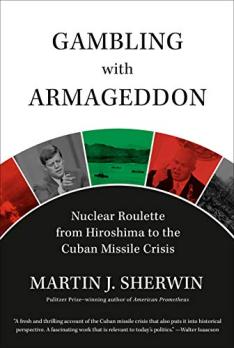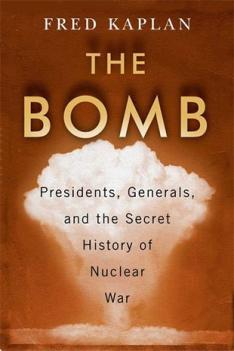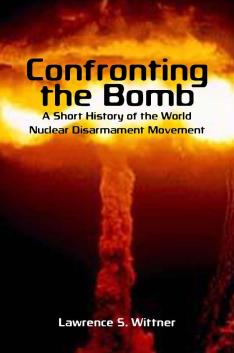
Frank N. von Hippel is a professor of public and international affairs emeritus at Princeton, in the Program on Science and Global Security. PAW asked him to recommend three books to help readers understand the global situation with nuclear weapons.
Most of us thought the danger of nuclear war went away with the end of the Cold War. But we now have Russian President Vladimir Putin, with control over thousands of nuclear weapons, warning us not to interfere with his invasion of Ukraine; and Chinese President Xi Jinping building up from tens to perhaps a thousand nuclear warheads on missiles that could reach the U.S. and warning us not to interfere with his planned subjugation of Taiwan.
The United States invented nuclear weapons and is the only country that has used them in war. We threatened to use them against North Korea and China during the Korean War, against China during the Taiwan Straits crises later in the 1950s, and against North Vietnam during the Vietnam War.
We also had nuclear confrontations with the Soviet Union during its blockade of West Berlin in 1961 and when it put nuclear missiles into Cuba during 1962; and we have missiles in a launch-on-warning posture despite the fact that both we and the Soviets/Russians have had alarms of incoming missile attack that were not determined to be false until after the deadlines for such a determination.
Finally, we have had citizen uprisings against nuclear weapons that led to treaties and agreements that created an understanding of our common interest in avoiding nuclear war and, after the end of the Cold War, resulted in a seven-fold reduction of global nuclear warheads.
Thus, there is a rich history from which to learn about the dangers of a divided world with nuclear weapons and about how those dangers can be reduced. My three top recommendations:
Gambling with Armageddon: Nuclear Roulette from Hiroshima to the Cuban Missile Crisis (Knopf, 2020)
By Martin J. Sherwin
This is the best treatment of the 1962 Cuban Missile Crisis. Fortunately, President Kennedy had learned from the Bay of Pigs fiasco 18 months earlier to listen to his military advisers but to think things through for himself.
The Bomb (Simon and Schuster, 2020)
By Fred Kaplan
The Bomb describes how those commanding our nuclear deterrent continue to focus on what they see as their primary responsibility: to prepare to fight a nuclear war, if necessary.
Confronting the Bomb (Stanford University Press, 2009)
By Lawrence S. Wittner
This is a summary of a three-volume history of the world nuclear disarmament movement during the Cold War. That movement — reinforced by citizen uprisings — ultimately prevailed in insisting on ending nuclear testing and, until recently, the nuclear arms race.
Zia Mian, senior research scholar and co-director of Princeton’s Program in Science and Global Security, contributed to this piece.



